Some of the biggest names in the aviation industry gathered in Tauranga on May 28 to help pilot better pathways for Māori into aviation.
The hui, organised by Ringa Hora Services Workforce Development Council at Whareroa Marae, near Tauranga Airport, looked at ways to support Māori of all ages in the industry and help aviation organisations grow their Māori workforce.
Māori currently make up 8% of kaimahi in the aviation industry. A large proportion of that workforce is in ground-focused roles such as baggage handling and customer-facing roles such as aircrew and airport administration.
While these roles are incredibly important, there is great potential for Māori to be better represented in other aviation roles, such as engineering, aircraft piloting, leadership, and rocket technicians.
“This was an opportunity for Māori aviation operators, industry associations, training providers, whānau, hapū, iwi, and interested parties to share in whanaungatanga and to wānanga insights, challenges, and future thinking for our aviation industry,” Ringa Hora Māori Transformation Lead Darin Kauwhata says.
“The potential of Māori within the aviation industry is limitless.”
Air New Zealand Board Director Laurissa Cooney was the keynote speaker and challenged attendees to build an inclusive future by changing perceptions, by creating belonging, and instilling the values of empathy, passion and kindness in the aviation industry.
The kaupapa explored through wānanga and panel discussions how to encourage Māori into the aviation sector, what support aviation organisations need to grow their Māori workforce, and visions for Māori leadership in the industry.
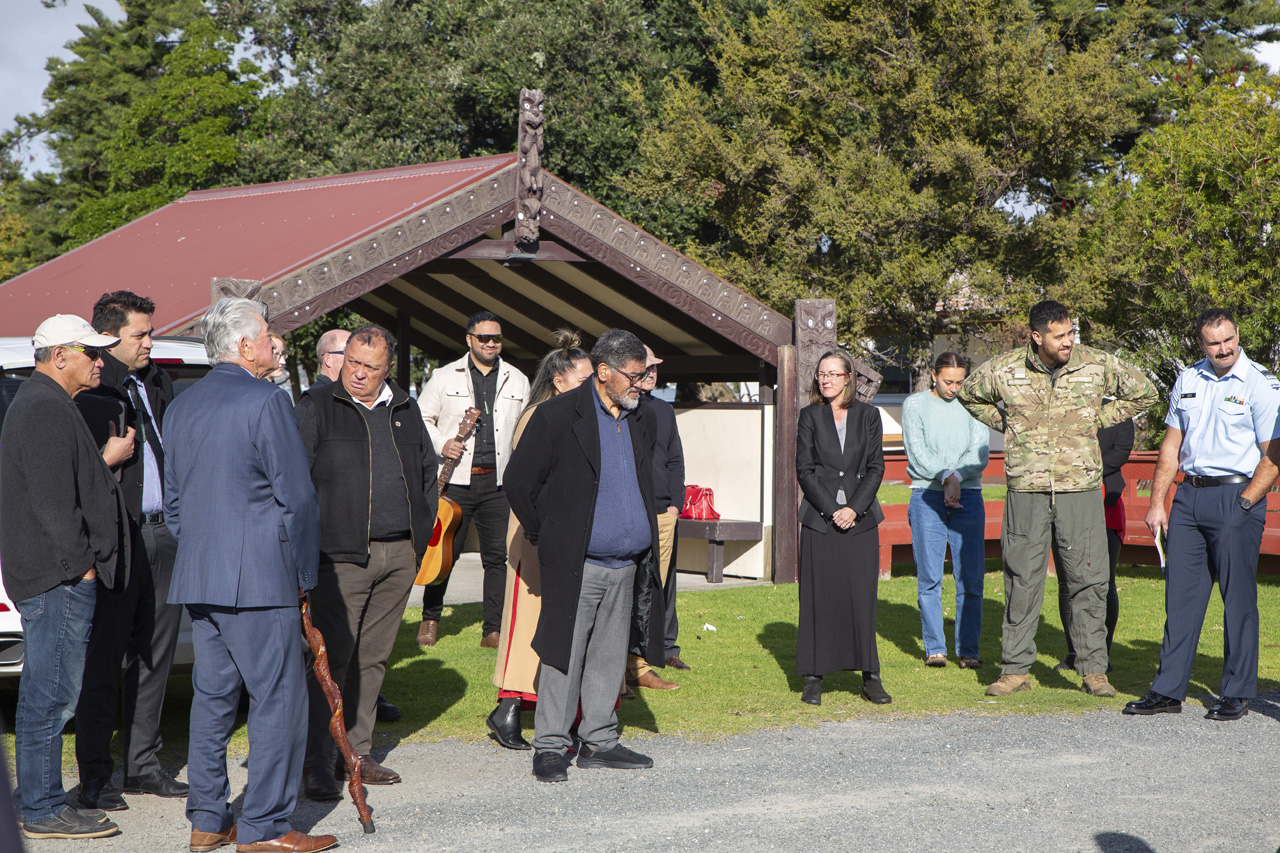
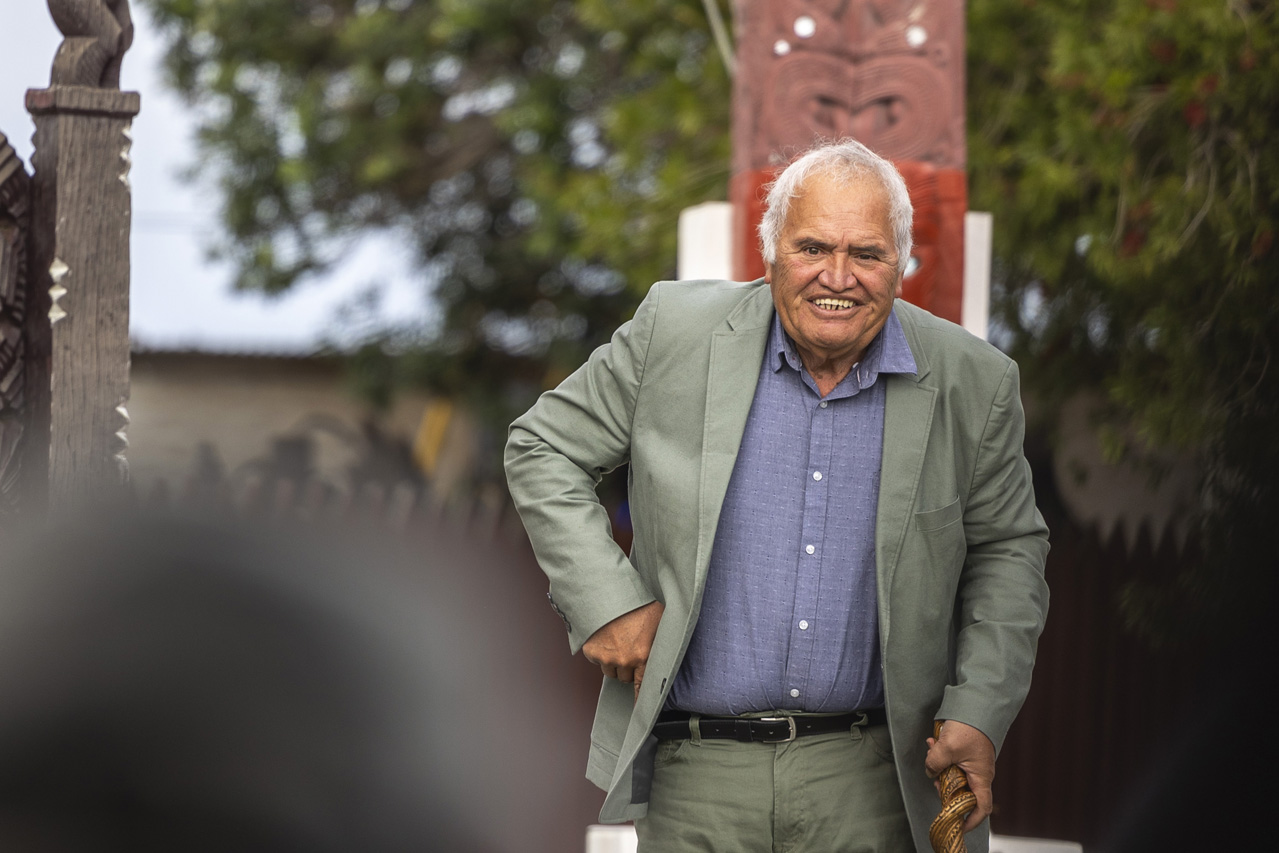
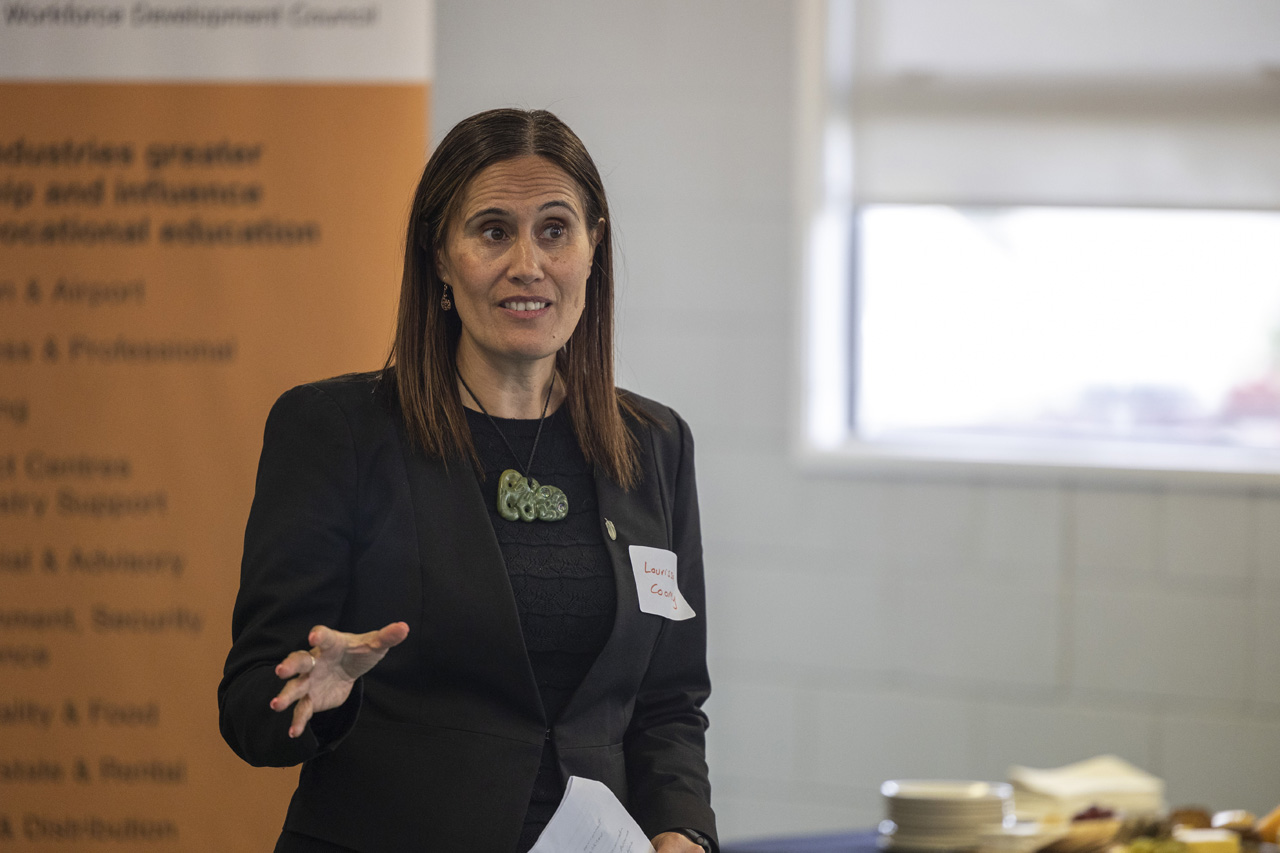
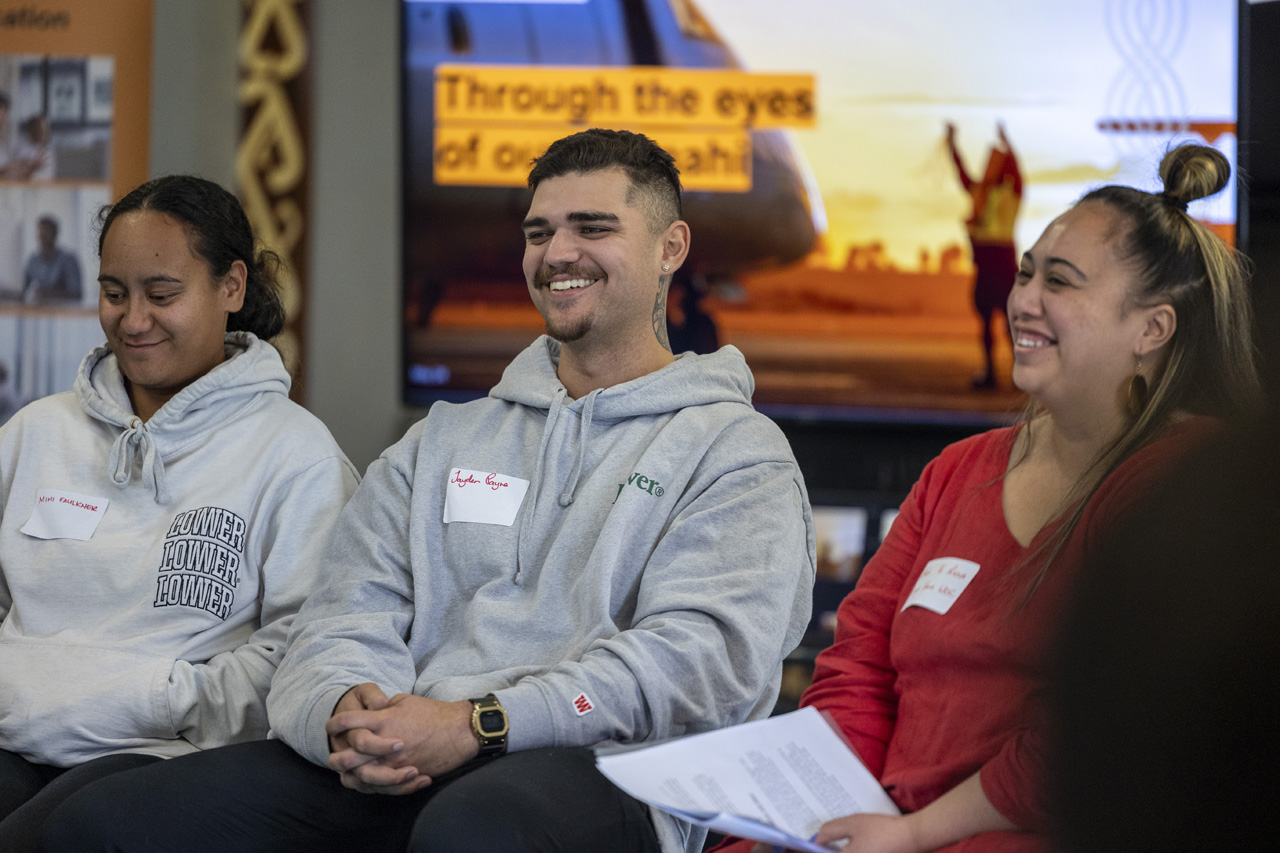
“Our key drivers for attending were to build and maintain relationships with the wider Māori aviation community with a view to encouraging more Māori enlistment, promote our schools to skies program amongst our Māori communities, and provide some perspectives on the Air Force environment,” said panellist RNZAF Māori Cultural Advisor FLTLT Thomas Cookson. “We were able to gain an appreciation of the barriers that the wider industry and rangatahi face with regard to getting more Māori into the workforce.”
Air New Zealand Head of Māori Development Tupara Morrison was also a panellist. “Air New Zealand was pleased to be involved in the hui, and our four representatives got a lot of insights into how the aviation system can come together from a Māori perspective and create opportunities for Māori in our industry.”
“One of the keywords from the hui was ‘perception’,” said panellist JJ Ripikoi, CEO of Aupiki Travel Management. “The perception that tamariki Māori have around where they see themselves in the world. This may be the reason our rangatahi don’t enter Aviation: We don’t see ourselves in that front seat.”
“Well, who cares if you don’t see yourself there? Just do it. Simple. Let’s keep growing Māori in this space. We are the original voyagers after all.”
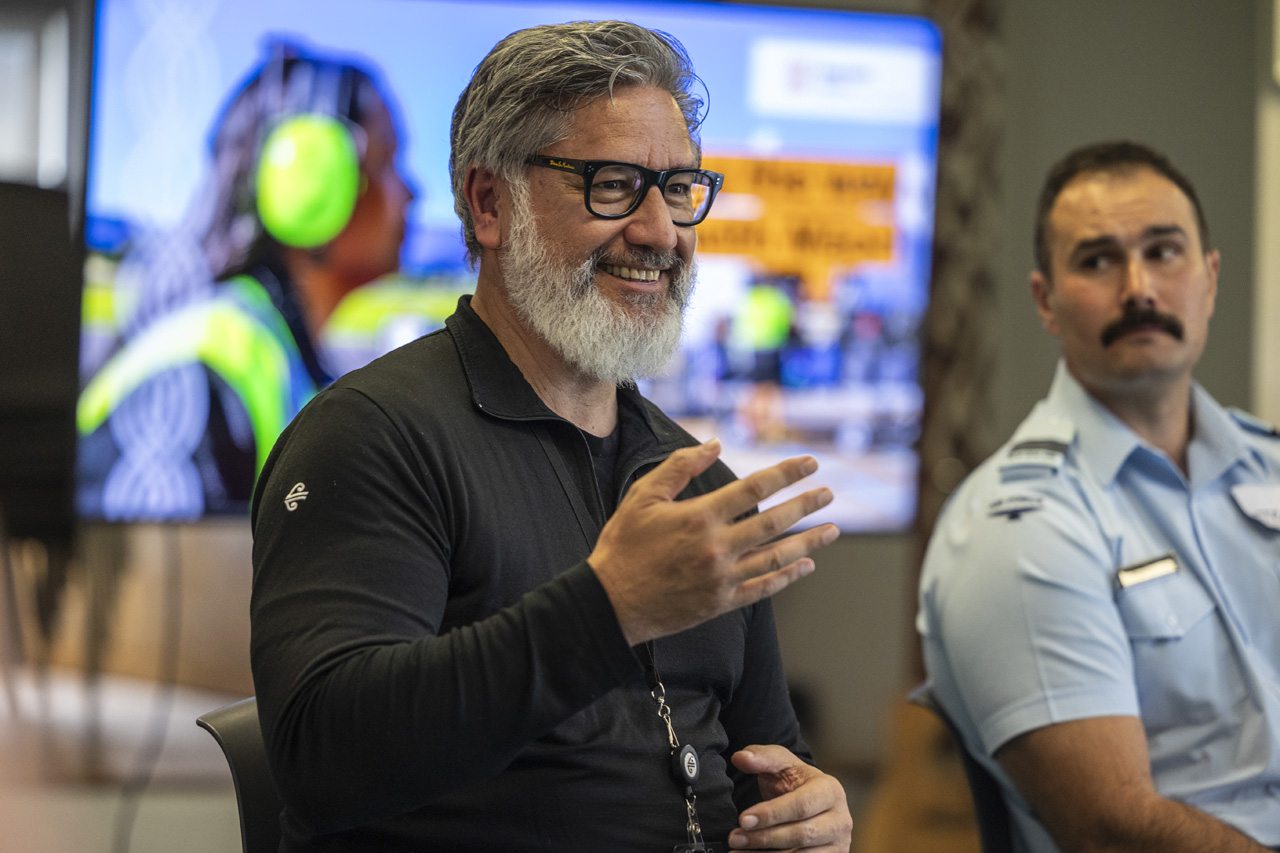
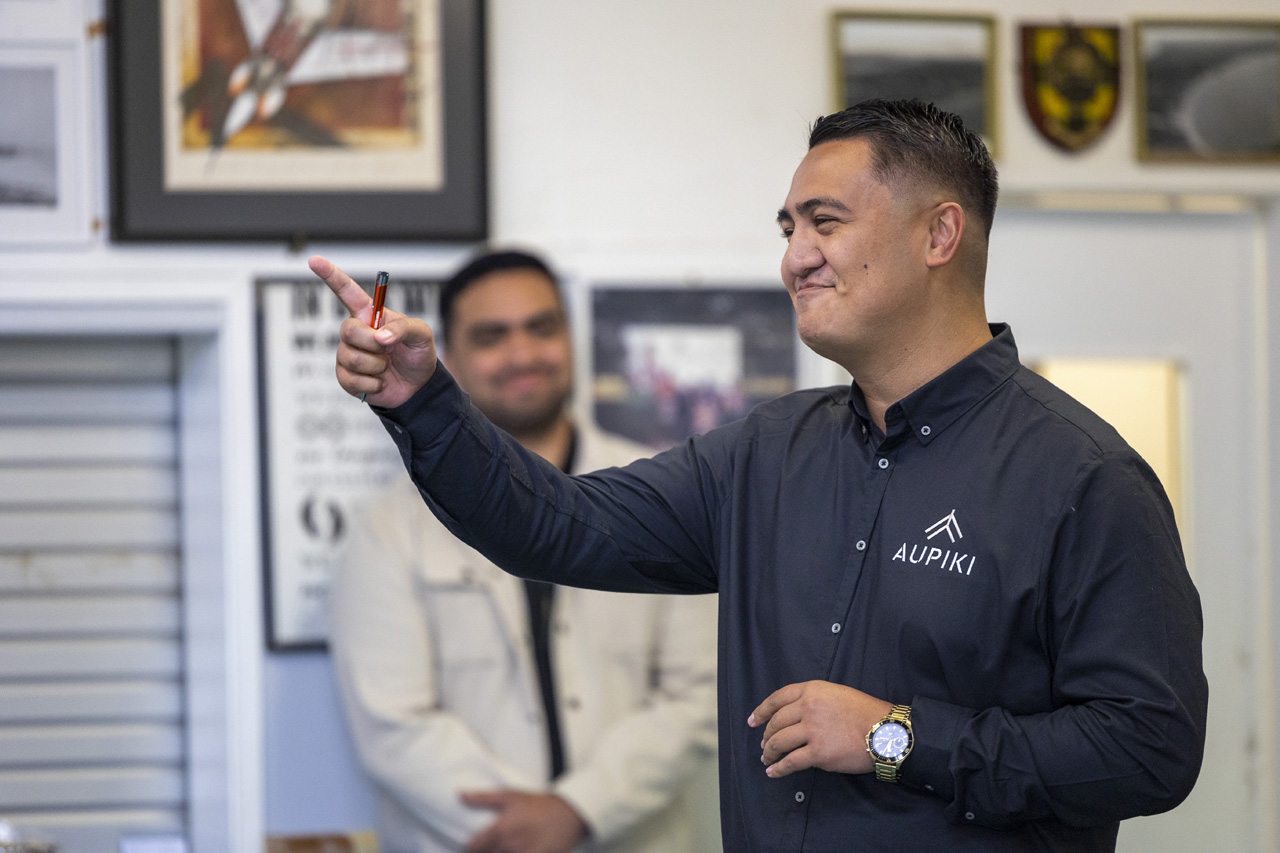
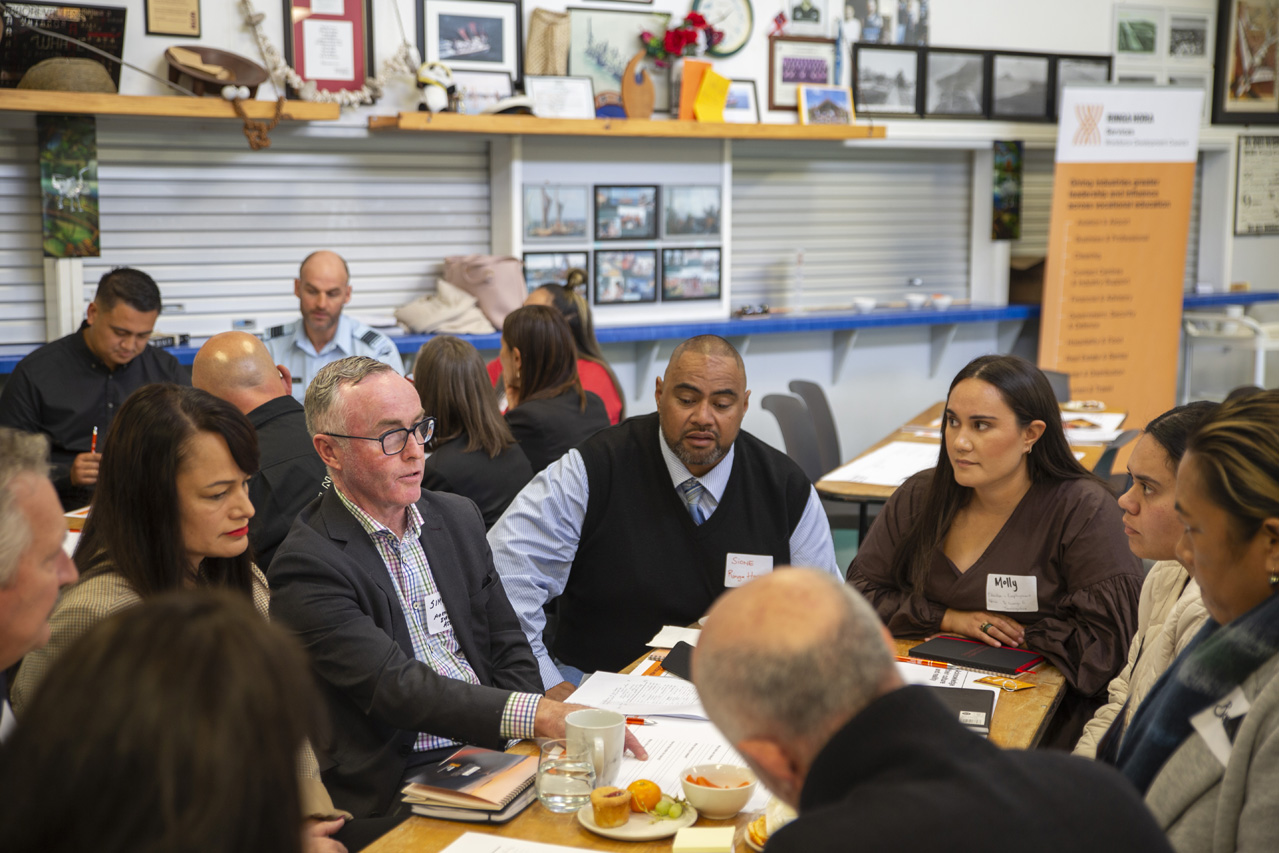
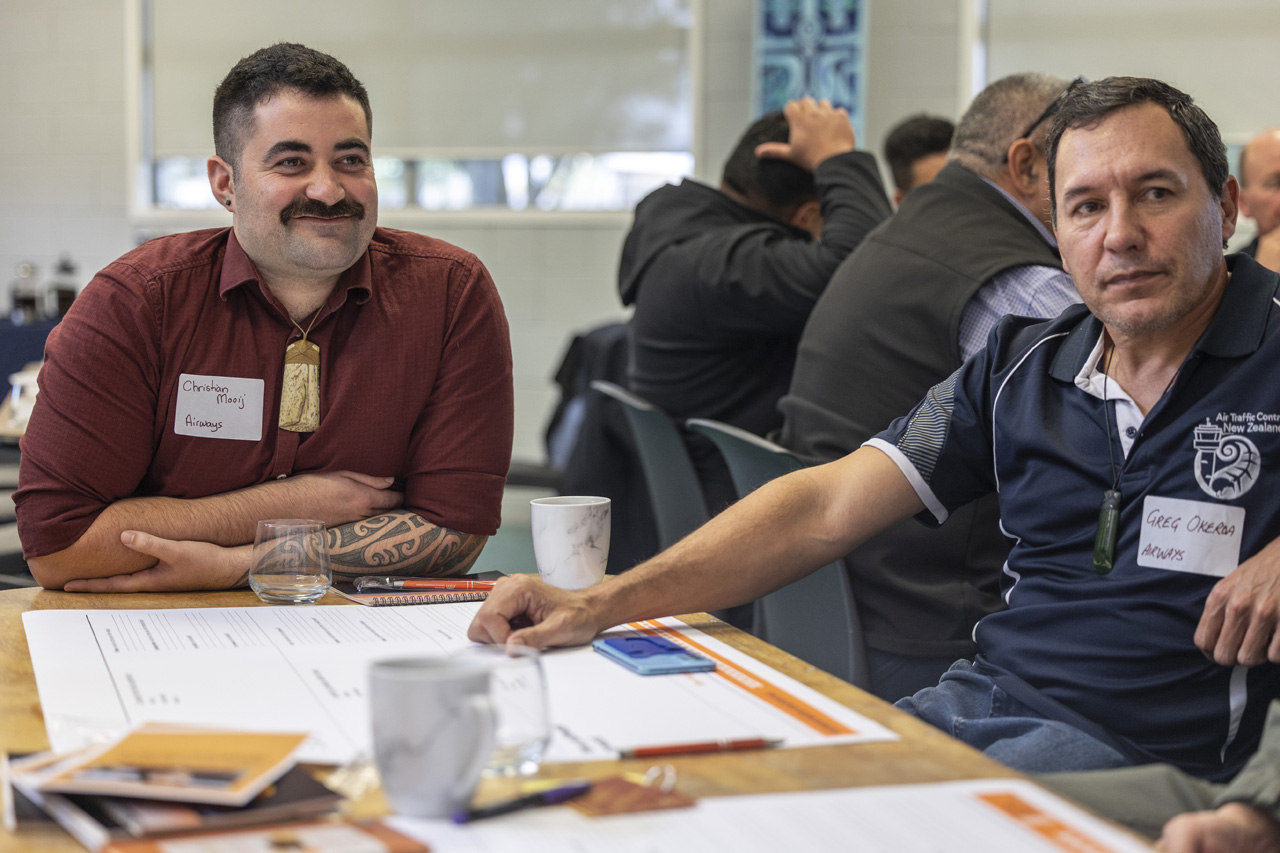
Ringa Hora will use the insights gathered from this hui to understand the challenges that the industry is faced with. The insights help identify the needs of Māori by looking to the past, acknowledging how we have arrived at our current destination and allowing Ringa Hora to inform the possibilities for the future. The hui enabled collaborative mahi with industry to develop methods of increasing access and reducing barriers for Māori learners to empower them to realise their potential through training and employment. These insights will lay the groundwork for further workforce development within our Māori workforces in the Aviation sector.
“As an organisation, we are guided by the principles of tika and pono, and our commitment to bringing effect to Te Tiriti o Waitangi allows us to activate events like today,” said Bridget Grave, Transformation Manager, Ringa Hora.
“The insights and kōrero shared will be integral in supporting priority aviation projects currently underway at Ringa Hora while continuing to integrate the voice of rangatahi and growing opportunities for Māori Leadership.”
A summary of the findings from the hui and next steps can be downloaded here.
